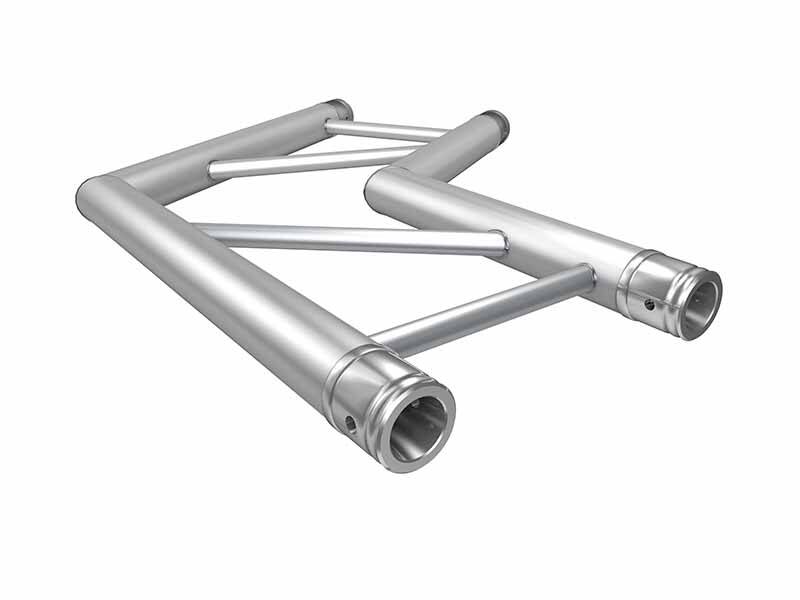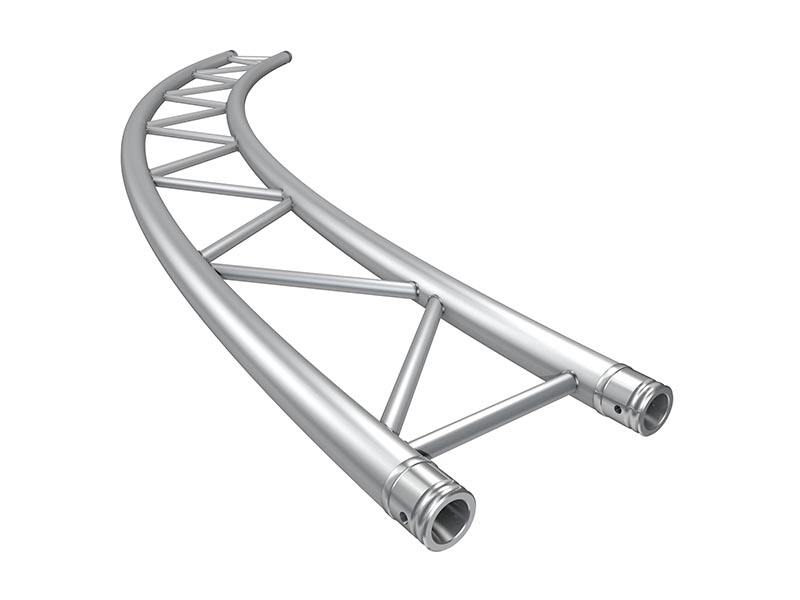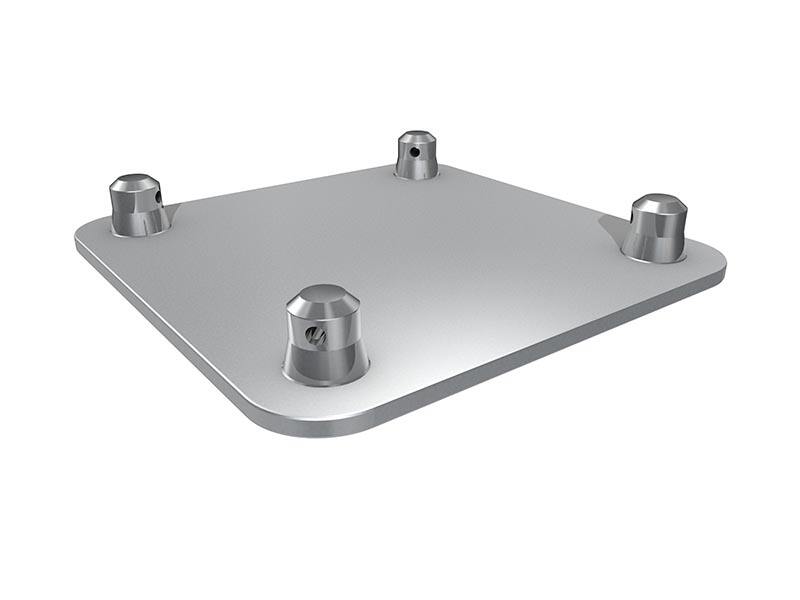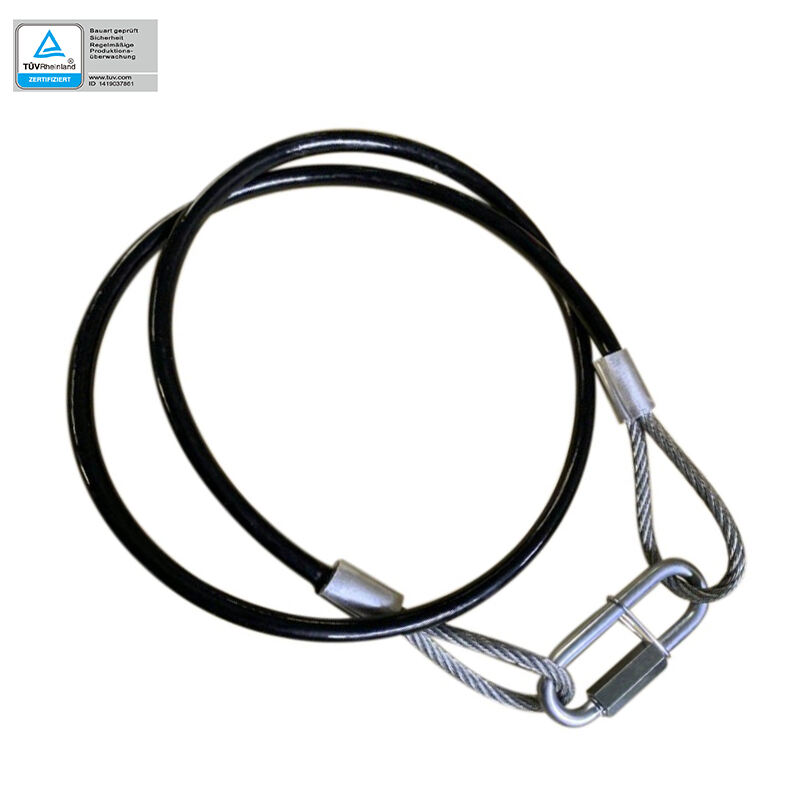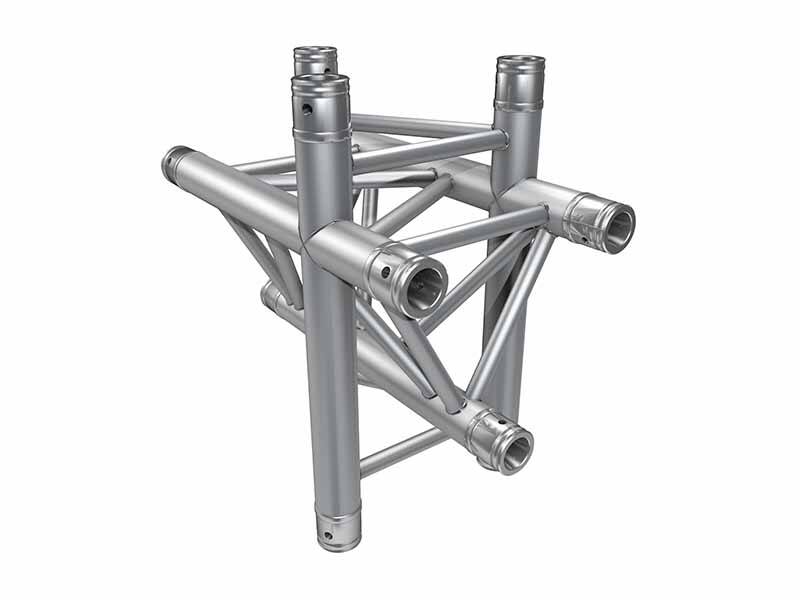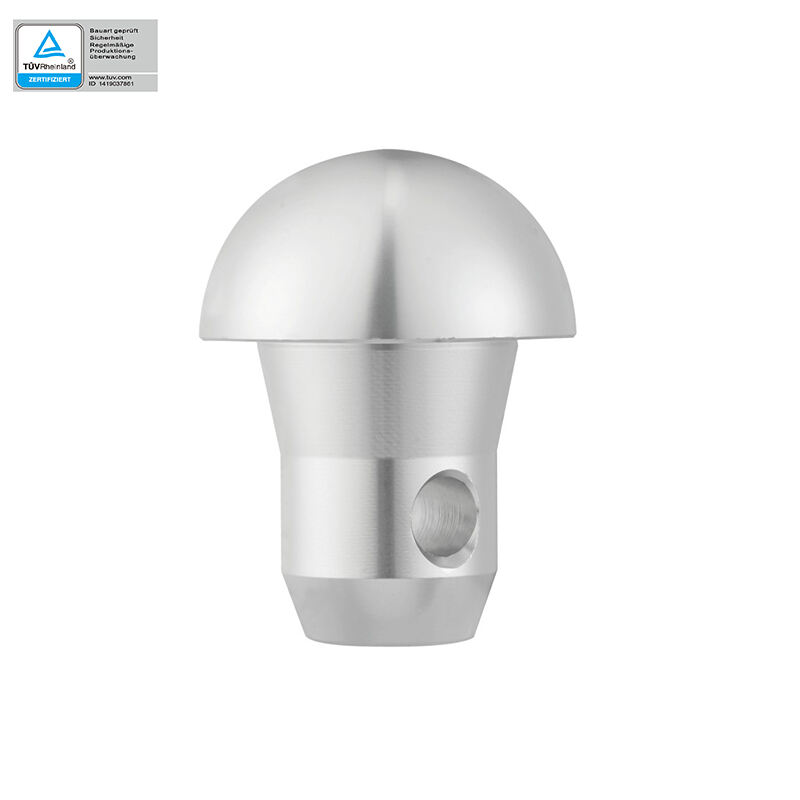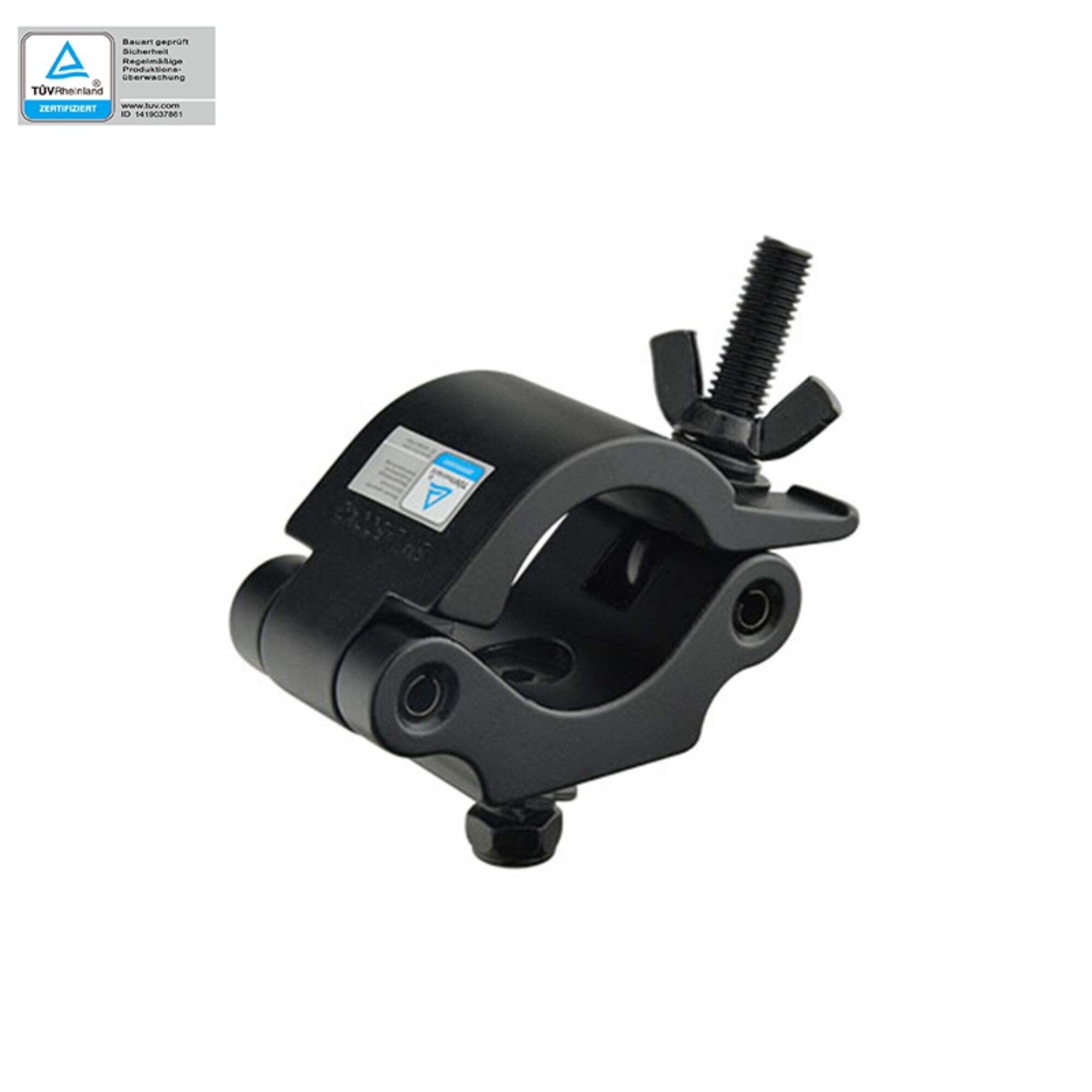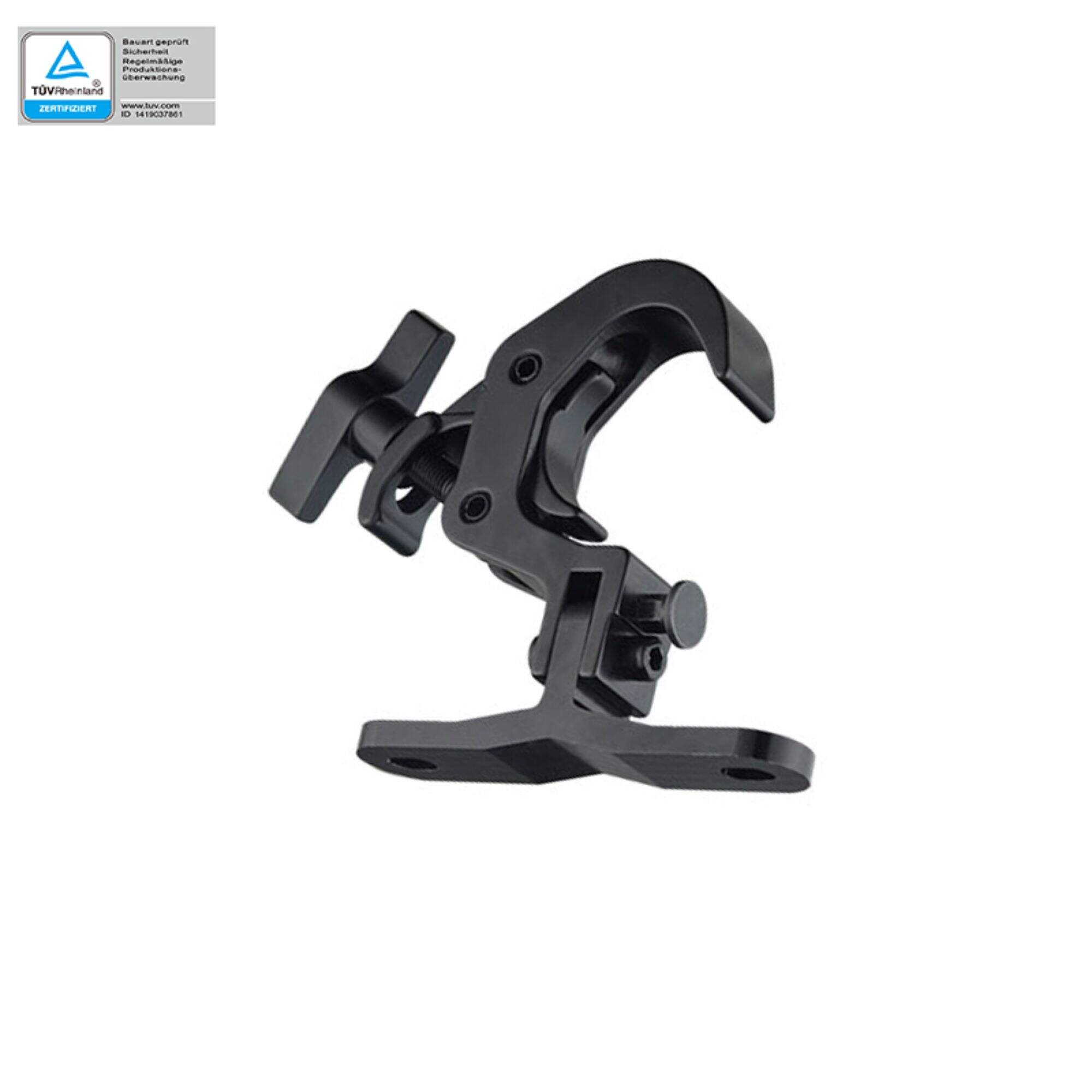Safety standards and certification of stage lamp hooks
Understanding Safety Standards for Stage Lamp Hooks
Following safety standards matters a lot when it comes to how long stage lamp hooks last and whether they work reliably without causing accidents. Some numbers back this up too – sticking to the rules seems to cut down on site problems by around 30 percent according to what's been recorded. That really highlights why we need gear that goes beyond just meeting minimum safety requirements. Checking things regularly makes all the difference. Looking at components like base plates for cracks or wear, making sure safety cables aren't frayed or damaged – these routine checks help keep everyone safe during performances. Most experienced technicians know that spending time on预防性维护 (preventive maintenance) saves headaches later on.
The rules around stage lamp hooks differ depending on where someone works, but most places follow international safety standards set by groups like OSHA and ESTA. Getting familiar with these rules isn't just good practice it's basically essential work for anyone involved in stage lighting. The guidelines cover pretty much every aspect including what kind of materials should be used aluminum base plates are common choice and how clamp-on lights need to be engineered properly. When stage crews keep up to date with these requirements, they not only avoid potential accidents but also create better quality lighting setups that last longer without issues down the road.
Essential Equipment for Safe Stage Lighting Installation
A safe stage lighting setup starts with getting the right gear, especially good quality lighting clamps. These little devices make all the difference when it comes to keeping light fixtures from moving around or falling during shows. When picking out clamps, folks often go for clamp-on types because they work so well for most situations. Important thing here is matching the clamp strength to what's being held. Heavier lights need stronger clamps obviously. Most experienced technicians will tell anyone who asks that mismatched clamps have been behind plenty of accidents on stage over the years.
Aluminum base plates play a really important role in stage setups because they're light but still strong enough to hold everything together. When working on event installations, these plates make things much easier to transport around from venue to venue. They also help create stable lighting arrangements without compromising safety standards. Choosing good quality aluminum bases makes all the difference when it comes to keeping lights balanced properly. Without them, there's always that nagging worry about something tipping over during performances. Plus, they provide solid support so none of the expensive gear gets damaged while being set up or taken down after shows.
Safety cables matter just as much as anything else when it comes to lighting setups. These secondary supports keep stage lights firmly connected to trusses and their mounting points. When people skip installing them, bad things happen fast sometimes entire lighting rigs come crashing down during shows. That's why most experienced technicians won't even think about skipping safety cables for any installation worth its salt. The presence of these backup lines cuts down on the chances of gear coming loose or dropping unexpectedly, which makes everyone from dancers to electricians feel a whole lot better about working under those lights night after night.
Best Practices for Using Stage Lamp Hooks
Getting the right stage lamp hooks matters a lot for keeping everyone safe during shows. Before buying anything, check if the hooks can actually hold up the weight of whatever light fixture needs hanging from them. Most accidents happen because someone skipped this basic step. Also worth mentioning is how these hooks need to work well with everything else on stage, especially those lighting clamps we all rely on so much. Mismatched gear tends to come loose at the worst possible moments, which nobody wants during a live performance. The bottom line? Stick with hooks and clamps designed specifically for the kind of lights being used. This simple precaution goes a long way toward preventing disasters and keeping the show running smoothly night after night.
After getting the right lamp hooks for the job, following those setup instructions carefully becomes really important to prevent mistakes that could actually cause accidents. The basics include making sure all hooks are properly tightened and never going over the maximum weight limit specified for them. These simple steps matter a lot for keeping everyone safe on stage. When people skip these basic checks, things tend to go wrong pretty quickly. Equipment fails, lights fall, and nobody wants to see someone get hurt or have thousands of dollars worth of gear damaged. That's why sticking closely to what the manufacturer says in their setup guide isn't just recommended it's absolutely necessary for anyone working with stage lighting equipment.
Lamp hooks, clamps and cables need regular visual checks to spot any wear or damage before it becomes a problem. These routine maintenance tasks help stop unexpected failures and keep everything working properly. When inspections get ignored, small issues tend to grow worse over time until something breaks right when it shouldn't during a show. That's why many stage managers insist on weekly walk-throughs of all rigging points. A good inspection schedule isn't just about following rules it actually saves money in the long run by catching problems early and keeping lights running safely night after night.
The Role of Safety Cables in Stage Lighting
In stage lighting setups, safety cables act as essential redundancy systems. When something goes wrong with main attachments like lighting clamps, these cables keep fixtures from falling. That's what stops accidents mid-show when lights could otherwise crash onto performers below. Most techs know how critical this is after seeing what happens when someone skips installing them properly. For lighting crews and event organizers, having those extra lines means one less thing to worry about during setup and throughout the actual performance. Nobody wants to explain why a spotlight ended up砸ing the lead singer just because a single point of failure wasn't accounted for.
Getting safety cables installed right makes all the difference in how well they work. The key thing here is attaching them securely to something solid and making sure there's enough tension so they hold firm but not so much that they snap under stress. When done properly, these cables give just enough give to handle unexpected movements or shifts in weight during actual performances. Think about stage crews dealing with heavy lighting rigs or riggers working on set pieces that need to move around safely. A little slack can actually be better than none at all when it comes to preventing accidents caused by sudden forces acting on the equipment.
Neglecting safety cables poses real dangers. There have been actual cases where stage lights crashed down because they weren't properly secured, resulting in serious injuries and some tragic deaths. Most professionals in the field insist that safety cables should be required for all lighting setups. When venues actually follow through on this basic precaution, they cut down accident risks dramatically while maintaining proper safety protocols. Plus, nobody wants their show to get interrupted mid-performance because something falls from the ceiling.
Ensuring Stability with Base Plates
Base plates play a key role in stage lighting systems, coming in different forms like fixed or movable versions depending on what the setup requires. They help keep lights stable and secure, acting as that important anchor point so everything doesn't wobble around during performances. The fixed type works great for permanent installations where nobody expects to move things around much. But when stages need regular rearranging for different shows or events, the movable base plates come into their own. These allow technicians to shift lighting positions quickly without having to dismantle entire setups each time.
Base plates bring several advantages to stage lighting setups that make shows safer and run better overall. When lights are mounted on a proper base plate, their weight gets spread out across a larger surface area. This simple principle keeps the whole rig stable even during those intense dance numbers where performers might bump into things. Without this stability, there's always a chance something could tip over mid-show, which nobody wants to see happen. Beyond just keeping things upright, good base plates also protect against wear and tear in venues where stages get used night after night. The metal surfaces prevent floorboards from getting damaged by heavy gear, while the secure mounting points stop bolts from working loose during performances. For technicians setting up lighting arrays, these plates are practically essential for both safety reasons and long term maintenance of expensive equipment.
Getting the most out of base plates means following some basic installation guidelines. When placing them, always make sure they sit on level ground because this creates a solid base that helps everything stay upright. Wind conditions matter too, especially outdoors where gusts can knock things over. Don't forget about tight spaces either since cramped areas might limit how securely we can anchor the bases. Taking care of these details makes all the difference during performances. The lights won't wobble around, nobody gets hurt, and everyone involved feels safer knowing the whole setup stands firm against whatever comes its way.
Safety Precautions During Stage Lighting Setup
A secure stage lighting setup starts with doing those important safety checks before everything goes up. What does this actually mean? Well, basically we need to look at all the gear and make sure nothing looks damaged or worn out. Check if every piece is meant for its job according to manufacturer specs. When we spot possible problems early on, we save ourselves from bigger headaches later. Take safety cables for example nobody wants them coming loose mid-show! And those lighting clamps better hold tight or risk having lights fall during a performance. These simple steps prevent disasters that could ruin both equipment and reputations.
When workers make errors like not loading fixtures correctly or failing to secure equipment properly, it's important to record these incidents and pass them along to everyone on the crew. Regular training workshops that highlight these common problems tend to boost workplace safety across the board. Sharing stories from actual accidents where people ignored basic safety rules really drives home why following protocols matters so much. One plant manager told me how showing video footage of a recent mishap cut down on similar incidents by almost half within just three months.
Having good emergency plans in place is really important when it comes to stage lighting safety. The crew needs ways to communicate clearly during an incident and know what to do right away if something goes wrong. Everyone should have access to simple instructions about stopping shows and making sure areas are safe. These kinds of plans let people respond fast when problems happen, which helps reduce damage and keeps cast and crew safe. A quick reaction can make all the difference between a minor issue and a major disaster at any event.
Conclusion: Commitment to Safety in Stage Lighting Operations
Safety in stage lighting isn't something that happens once and then gets checked off the list. It requires constant attention, regular training, and strict following of safety guidelines throughout time. Staying current on evolving safety regulations and newer lighting tech matters a lot when it comes to keeping everyone safe during performances. Training sessions and getting certified really help professionals stay sharp and aware about what they're doing. These programs give practitioners the skills they need to bring cutting edge equipment and updated safety measures into their daily work routines. For instance, someone who recently completed a certification course might know how to properly handle LED fixtures that weren't available just a few years ago.
There's no shortage of materials out there when it comes to understanding safety standards for stage lighting work. Groups like ESTA and OSHA have been around for years offering guidance documents and regular updates on what matters most. Their stuff is pretty much essential reading for anyone working behind the scenes at live events. Plus there are magazines and online journals dedicated specifically to new developments in this field. They cover everything from latest gear reviews to case studies about accidents that could have been prevented. Getting familiar with all this information isn't just good practice it actually makes workplaces safer. Crew members who know the ropes tend to spot potential hazards before they become real problems during performances.
Recommended Products
Hot News
-
The Application Scenarios Of Lighting Hooks And Trusses
2023-12-14
-
Market Analysis Of Lighting Hooks And Trusses
2023-12-14
-
The Essence Of Lighting Hooks And Trusses
2023-12-14
-
An In-Depth Look At Lamp Hooks And Truss Products
2023-12-14
-
Light Hooks And Truss Products: A Niche But Vital Industry
2023-12-14

 EN
EN
 AR
AR
 BG
BG
 HR
HR
 CS
CS
 DA
DA
 NL
NL
 FI
FI
 FR
FR
 DE
DE
 EL
EL
 HI
HI
 IT
IT
 JA
JA
 KO
KO
 NO
NO
 PL
PL
 PT
PT
 RO
RO
 RU
RU
 ES
ES
 SV
SV
 TL
TL
 ID
ID
 LT
LT
 SK
SK
 UK
UK
 VI
VI
 SQ
SQ
 GL
GL
 HU
HU
 TH
TH
 TR
TR
 FA
FA
 MS
MS
 GA
GA
 IS
IS
 MK
MK
 EU
EU
 KA
KA
